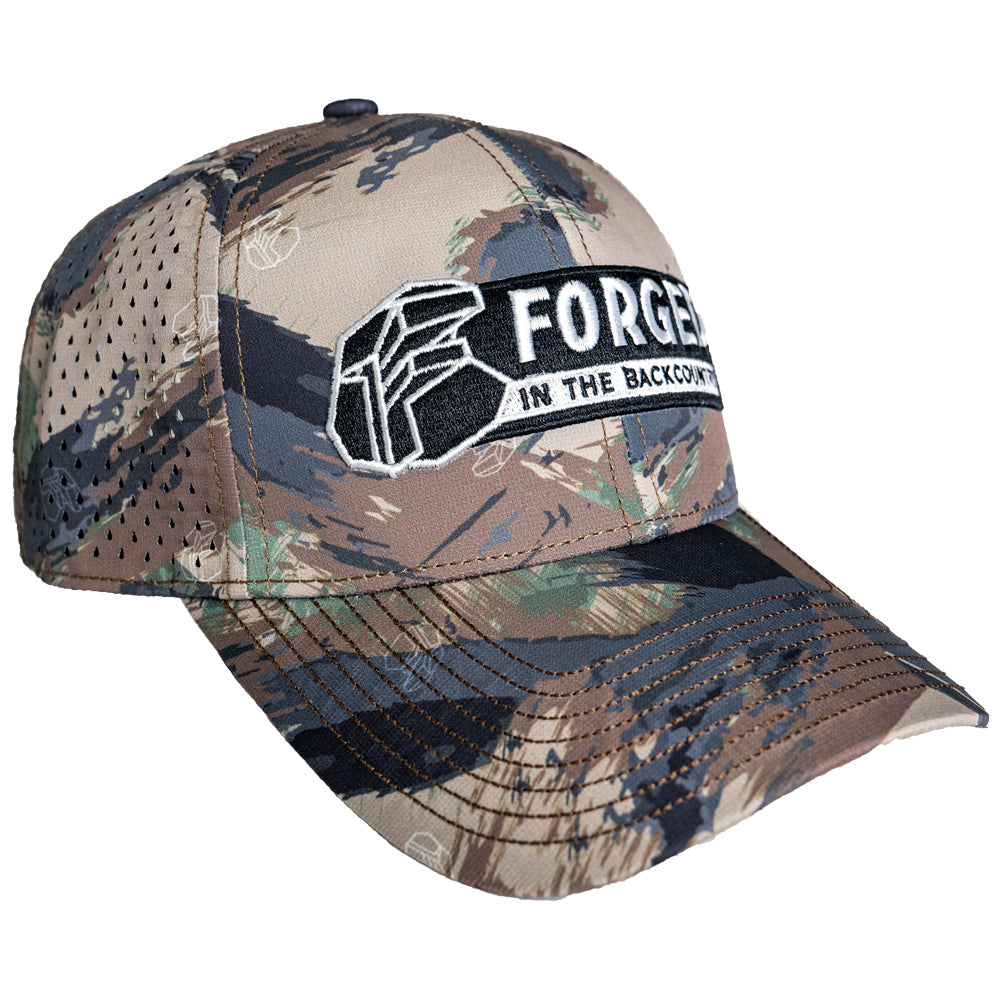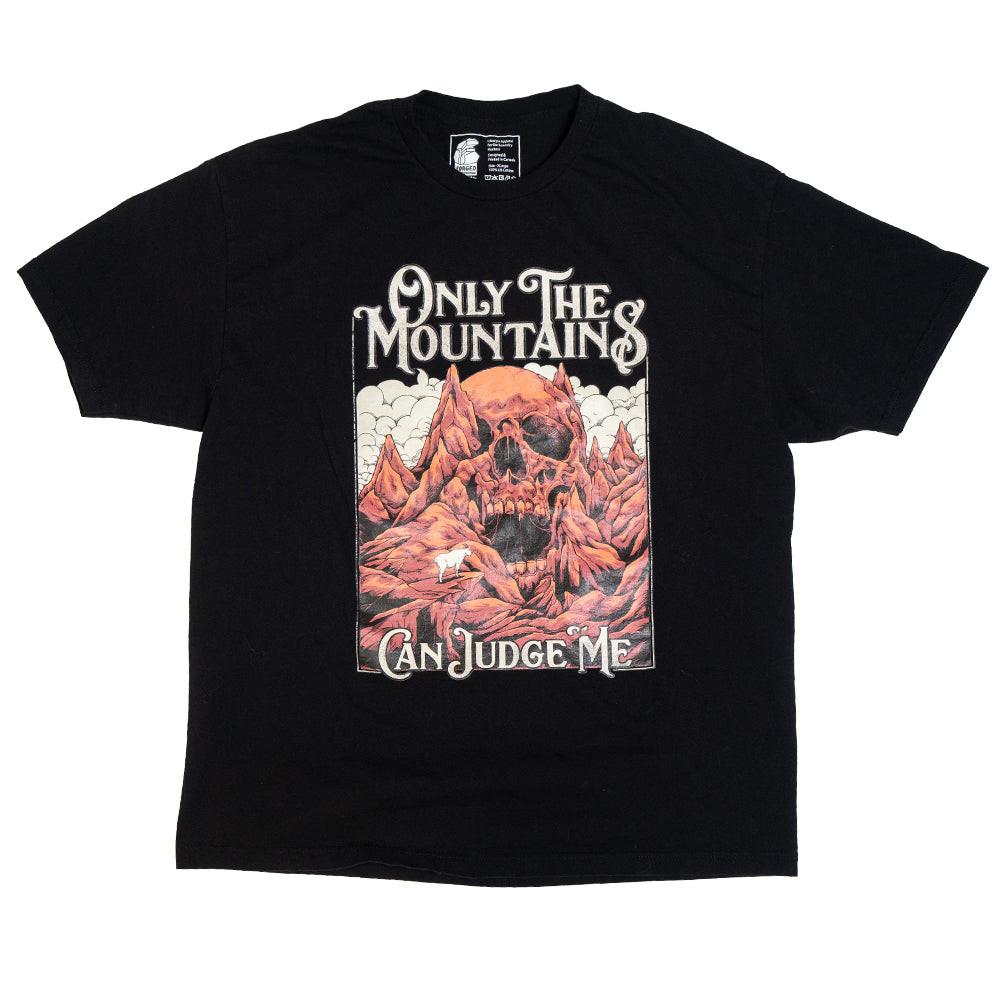When it comes to backcountry hunting, having the right clothing can make or break your experience. The right gear not only keeps you comfortable but also allows you to focus on the hunt. After my recent backcountry Stone's sheep hunt, I’ve compiled a list of seven essential pieces of clothing you’ll need. This guide is based on a framework developed by John Barklow, but I've adapted it to fit my own experiences and preferences. Whether you’re on a budget or looking for high-end gear, this system is flexible and can be tailored to your needs.
Understanding the Clothing System
Before diving into the specific pieces, it’s crucial to understand the concept of viewing your clothing as a system rather than just individual items. This holistic approach helps you make informed decisions about what to bring based on the conditions you’ll encounter. For instance, when preparing for an elk hunt after a sheep hunt, instead of starting from scratch, you can simply modify one or two items in your system to suit the new conditions.
This system is also brand agnostic. While I will be discussing my own experiences with Sitka gear, you can use any hunting or even non-hunting brands to fulfill these requirements. If you’re on a budget, consider looking for deals on websites that offer discounted outdoor gear. Often, you can find high-quality clothing at significantly reduced prices, allowing you to stay within budget while still getting the technical gear you need.
The Seven Essential Pieces
Now that we have a basic understanding of the system, let's break down the seven essential pieces you need for sheep hunting:
- Base Layer (Top and Bottom)
- Soft Shell Pant
- Active Insulation Layer
- Wind Stopper Layer
- Static Insulation Layer
- Rain Gear
- Optional Puffy Pants
Base Layer
The base layer is your first line of defense against the elements. I recommend having two base layers: one for the top and one for the bottom. For the bottom, I personally use Forged Base Boxers, which have proven to be incredibly comfortable and durable. While I used to swear by merino wool, I’ve found that modern natural and synthetic fabrics have come a long way and offer excellent moisture-wicking properties. The Forged boxers are made from a combination of Modal and Spandex.
When choosing a base layer, consider whether you prefer synthetic or merino. Synthetic materials tend to dry faster and are more durable, while merino wool excels in odor control. Ultimately, it comes down to personal preference. For my sheep hunt, I opted for the Sitka Core Lightweight Hoodie for the top base layer. It’s stretchy, lightweight, and holds up well even after multiple days of wear.
Soft Shell Pant
The next piece is the soft shell pant. I chose the Mountain Pant from Sitka for my sheep hunt. This pant strikes a balance between durability and weight, making it suitable for various conditions. It has a good DWR coating, which helps repel water, and the knee pads are a game changer. Initially, I thought the knee pads were gimmicky, but they proved to be incredibly useful during my bushwhacking adventures.
When selecting soft shell pants, consider your activities. If you expect to encounter wet conditions, opt for something heavier that can withstand the elements. The Mountain Pant fits well and offers enough room for movement while also being warm enough for cooler temperatures.
Active Insulation Layer
For the active insulation layer, I highly recommend the Sitka Kelvin Active Jacket. This piece is designed for high-output activities, providing warmth without causing you to overheat. The grid fleece construction helps with moisture evacuation, making it a versatile option for both hiking and sitting still. I’ve found it to be incredibly effective, even when I’ve gotten soaking wet.
What makes this jacket stand out is its breathability. Unlike traditional puffies that can become stifling during physical activity, the Kelvin Active Jacket allows for airflow while still providing warmth. It’s lightweight and easy to layer under other pieces, making it an essential part of my hunting system.
Wind Stopper Layer
Next, we have the wind stopper layer. While John Barklow includes a dedicated wind stopper in his system, I often use my rain gear for this purpose. In my experience, a good rain jacket can effectively block wind while also keeping you dry. However, if you expect particularly cold or dry windy conditions, a dedicated wind stopper jacket might be worth considering.
For instance, during a mule deer hunt, I found the Mountain Jacket from Sitka to be an excellent choice as it blocked the wind effectively. It’s lightweight and can be layered under a puffy jacket for added warmth. A wind stopper vest is also a good option to explore, as it provides core protection without adding much weight to your pack.
Static Insulation Layer
The static insulation layer is typically your large puffy jacket. This piece is essential for when you’re sitting down to glass or camping at night. I’ve recently switched to a synthetic insulation jacket, the new Aerolite Jacket from Sitka, after experiencing some shortcomings with pure down insulation during my last hunt. The synthetic material retains warmth even when wet, making it a practical choice for unpredictable weather conditions.
Having a static insulation layer allows you to adjust your layering system based on the temperature. If it’s particularly cold, you can layer it over your base layer and active insulation. If conditions are milder, you might only need the static insulation over your base layer. The versatility of this layer is key to adapting to various hunting scenarios.
Rain Gear
Finally, rain gear is a crucial component of your hunting clothing system. I recommend having both a lightweight and a heavier rain gear option. For my sheep hunt, I used the Dew Point system from Sitka, which proved to be surprisingly durable despite its lightweight design. This system kept me dry during unexpected rain showers and also served as a wind stopper layer.
When you’re hiking and start to sweat, it’s tempting to wait before putting on your puffy jacket. However, it’s best to put it on immediately upon reaching your destination. Your body heat will help evaporate moisture from your base layer, allowing you to stay warm while glassing.
Optional Puffy Pants
While I’ve never used puffy pants on my hunts, I recognize their value, especially in colder conditions. If you’re planning a longer hunt, having an extra insulation layer for your legs can make a significant difference in comfort. For example, I plan to test out puffy pants on my upcoming mule deer hunt, where I might need the extra warmth while sleeping in my sleeping bag.
Final Thoughts
In conclusion, the seven essential pieces of clothing for sheep hunting include a base layer, soft shell pant, active insulation layer, wind stopper layer, static insulation layer, rain gear, and optional puffy pants. By viewing your clothing as a cohesive system, you can make smarter decisions about what to bring and how to adapt to changing conditions. Remember, you don’t need to break the bank to assemble a solid hunting wardrobe. With careful planning and the right choices, you can stay comfortable and focused on your hunt.
Thanks for reading! If you have any questions or want to share your experiences, feel free to leave a comment below.





